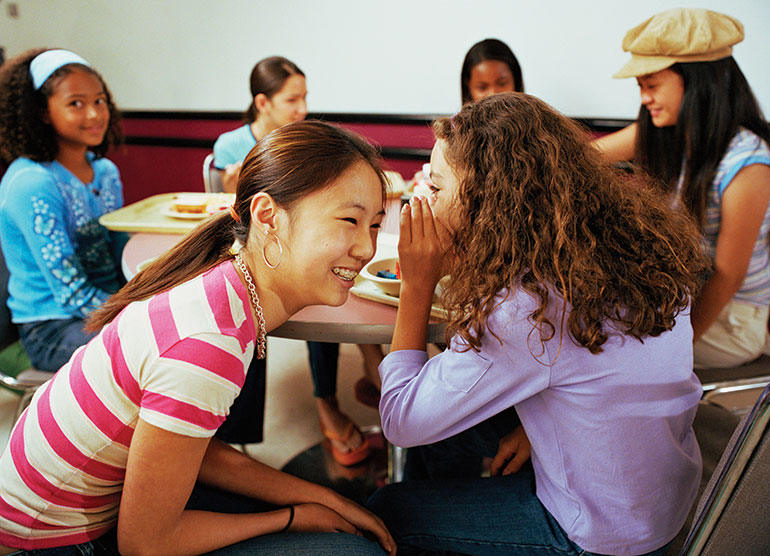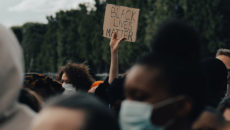During the teen years, kids strive to become more independent of their parents. Friendships become increasingly important, and offer teens a much-needed sense of belonging. Adolescents are attracted to others with similar values and interests, creating groups of like-minded friends.
At the same time, cliques begin to form. In a clique, one teen (or two) is empowered as the leader, often deciding who’s in and who’s out. There is often competition, jealousy, and insecurity among clique members, as well as cruelty toward others. Despite recent media stories about mean girls, cliques exist among boys as well as girls.
Social Challenges
In their book, Cliques: 8 Steps to Help Your Child Survive the Social Jungle (Broadway), authors Charlene Giannetti and Margaret Sagarese explain the social pain cliques can cause. Those who are ostracized or bullied obviously suffer, while popular teens feel enormous anxiety over losing status in the group. The wannabes — kids who are sometimes in and sometimes out — sacrifice real friendships for the possibility of being included in a clique.
Such social challenges can result in anxiety, depression, impaired academic performance, physical ailments, refusal to go to school, drug and alcohol use, sexual promiscuity, and, in extreme cases, suicide among teens.
An adopted teenager who may feel as though they’ve been rejected by their birth parents, and who faces identity problems, loss, and grief, is especially vulnerable to rejection by his or her peers. Nancy, 26, an African-American adoptee raised by white parents, recalls her difficult days as a teenager. “My friends were mostly Caucasian,” she says. “When we turned 13, we all became boy-crazy. I was one of only two teens of color in my school, and the boys were not interested in me. One by one, I lost my friends. I was devastated. Fortunately, I was able to befriend other girls who were not part of the in crowd, and we helped each other through high school. Those friends are still in my life today.”
Sara, 15, a Korean adoptee, wanted to connect with other girls of her race and culture. Each day, she sat in the cafeteria near a group of Korean teens who pretended she didn’t exist. One day, Sara brought Korean foods for lunch and offered to share them with the girls. This broke the ice. I tried to be part of their clique, but they wouldn’t let me in, she says. We all looked alike, but that was as far as our similarities went. It’s better now, but I still have to work hard to be accepted.”



